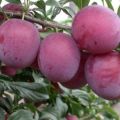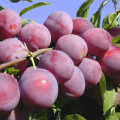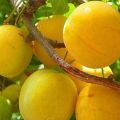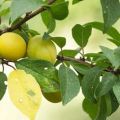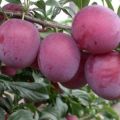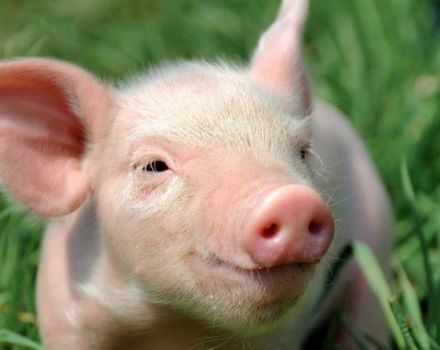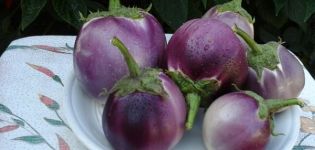Description of the cherry plum variety Mara, pollinators, planting and care, harvesting and storage of crops
Cherry plum is a garden tree, has delicious sweet fruits, there are several types and varieties - one of the most common is Mara. It bears many fruits, is resistant to many diseases and pests, and does not require much care. The second name for cherry plum is Russian plum. It is often planted in Belarus and Russia in all climatic zones, where warm air temperatures stay for more than three months.
General information about the variety
According to the description, Mara cherry plum grows quickly, especially while young. By 3-4 years of age, it reaches a height of 3-4 meters. The crown is spreading, spherical, the branches are densely arranged. The bark is brown on the stem and old branches, the young shoots have a burgundy hue.
The tree has large yellow fruits, slightly flattened in shape, one fruit weighs about 20 grams. The skin is dense, the flesh inside is loose, juicy. The stone is small in size, poorly separated from the pulp. The fruit has a sweet and sour taste similar to grapes.One tree gives up to 40 kilograms of drupes. Full ripening occurs at the end of August. At normal temperatures, the fruits are stored for several weeks.
Advantages and disadvantages of cherry plum Mara
Russian plum has its advantages and disadvantages. The advantages include:
- winter hardiness;
- high productivity;
- resistance to clasterosporium disease;
- the fruits taste good;
- the drupe is large, the stone is small;
- fast growing tree.
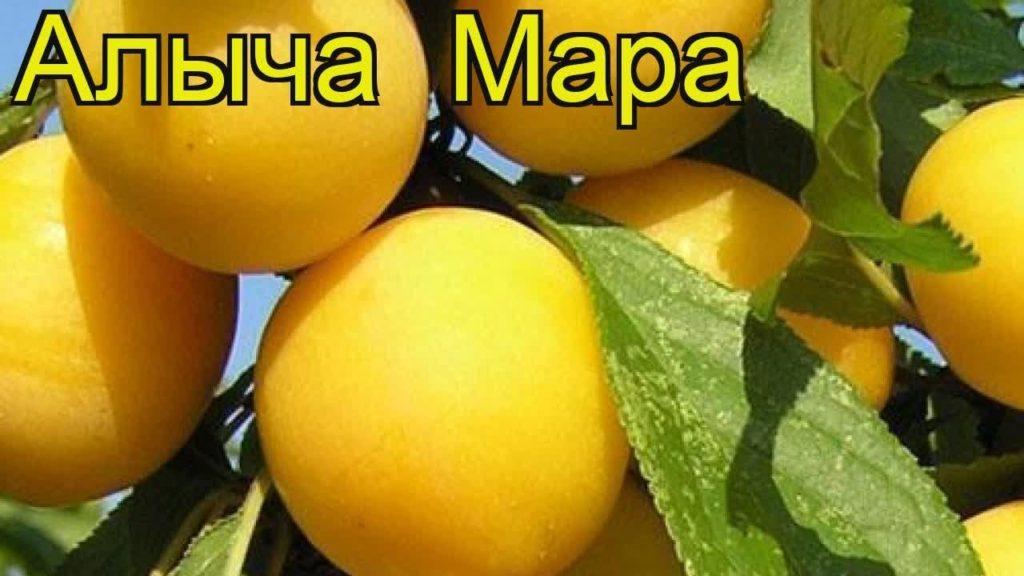
The disadvantages include:
- self-fertile variety, requires pollinators nearby;
- the bones are poorly separated from the pulp;
- may die in frost.
Features of growing a tree
To obtain a large number of fruits, it is necessary to observe several features of cultivation, choose the right place for planting, choose a suitable soil, observe the period of transfer to open ground.
When to plant
If the root system is poorly developed - bare, then the seedlings are transferred to the soil from the end of spring. For a tree grown in a pot, the planting period is longer: from late spring to early October.

Choosing a landing site
Cherry plum bears many fruits and grows well in sunny areas. Choose a place with sufficient lighting near the house or outbuildings. If there is not enough light, the yield decreases in quantity, the fruits lose their taste. The tree does not tolerate drafts, so they choose places protected from them.
Planting process
Dig a hole of the required depth.Sprinkle with warm water, give time to absorb. Mineral or organic fertilizers are applied. Transfer the seedling into the hole, sprinkle it with soil on top. There is no need to peel the roots before planting. The end of the root should rise slightly above the ground, 4-5 centimeters.
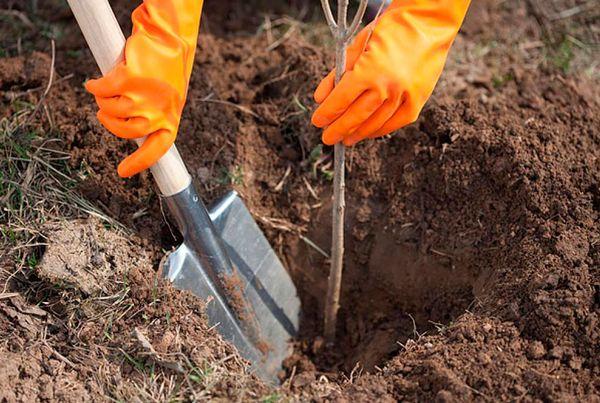
Important! It is forbidden to apply nitrogen-containing fertilizers at this stage.
Does she need pollinators?
Cherry plum Mara needs a pollinator neighbor. For this, wild species of cherry plum or the Vitba variety are suitable. Mara is also great as a pollinator for other trees. If there are not enough trees planted nearby, then they purchase artificial pollinators, which are sold in specialized stores.
Plant care
Cherry plum Mara is not a very whimsical tree, but it requires adherence to the watering regime, crown formation, pruning of weak branches and fertilization.
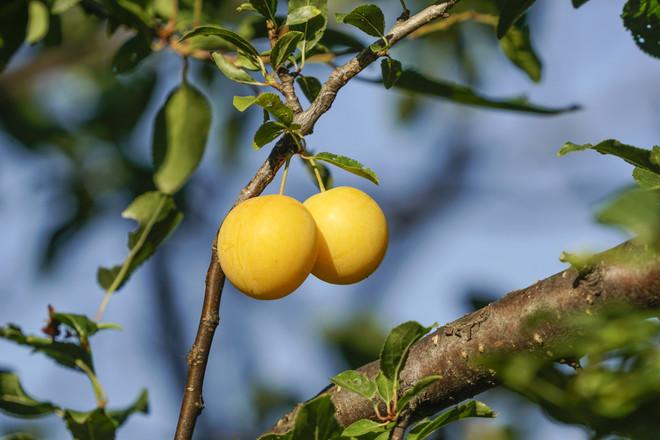
Watering rules
Russian plum loves water, it must be watered twice a day. They choose for this early morning and evening after sunset. One watering requires 10-20 liters of water. When the ovaries appear and during the fruiting period, the watering regime is increased.
If the tree grows in very wet soils, cut back watering and arrange drainage near the roots.
Fertilization
Fertilization takes place in several stages:
- Before flowering, top dressing must be carried out; for this, urea and potassium sulfate are used.
- During the period of fruit formation, when they are poured. For this purpose, potassium sulfate and superphosphate are used.
- After harvesting the first crop, potassium sulfate and superphosphate are reintroduced.
- In early spring or late autumn, they are fed with organic or mineral fertilizers, without nitrogen content.
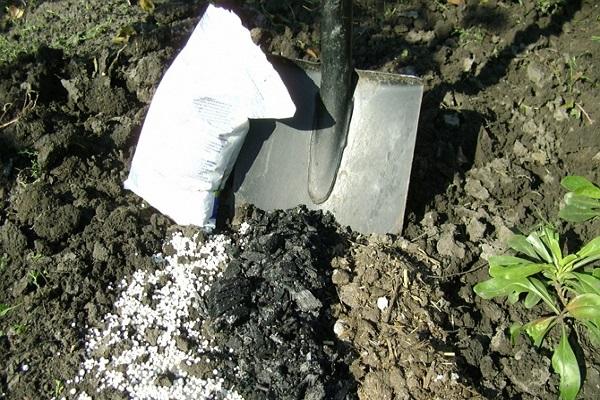
Important! Poor soils are fertilized every year, while rich soils do not need frequent fertilization.
Pruning
With the correct pruning, Russian plum gives more fruit, it gets sick less. At each stage of cherry plum development, pruning is performed. There are several rules:
- A third of the branches of a young seedling are cut to form a crown, immediately after transferring to the soil.
- Pruning is carried out prior to bud formation.
- Branches that have sunk to the ground must be removed.
- Pruning is carried out gradually, if a large number of branches are cut at one time, Mara will react badly to this.
- After reaching a height of 2-2.5 meters, the top of the tree is cut off.
- When yields are reduced, the branch is cut back to older wood.
- Root shoots periodically appear near the tree, they are completely cut off.
- After cutting, the cut points are treated with oil paint.
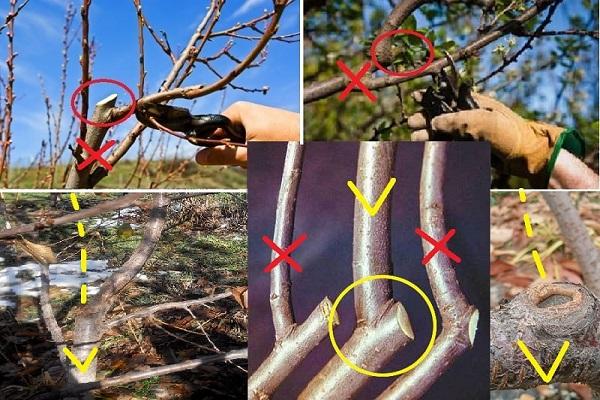
Crown formation
The crown begins to form immediately after planting the plant in the ground. The central branch of the seedling is cut by one third. You need to do pruning in the spring, not in the fall, so as not to damage the tree with frost. With further development, it is important to ensure that the branches do not intertwine with each other and do not interfere with growth. They are also thinned out.
Before the beginning of autumn, they carry out sanitary pruning of branches: all small, dry, damaged ones are removed. Mature trees have 4-5 main branches. All other branches are thinned out every 3 years.
Frost protection
The plant is difficult to tolerate severe frosts. To protect it, mulching with horse humus is carried out. It is distributed around the trunk, wrapped in insulation material. This event is held before the onset of winter, when the summer season ends, around late autumn.
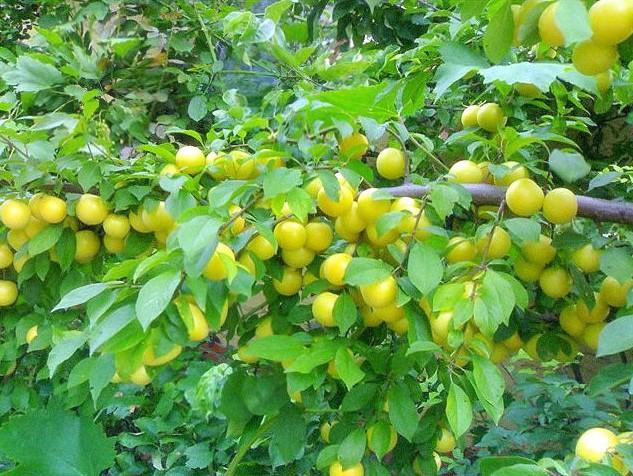
Diseases and pests of cherry plum
Mara is considered resistant to pests and fungi. But some diseases affect her. They are manifested by certain signs that you must pay attention to. Diseases include:
- Polystygmosis. It is a fungus that attacks the leaves of the plant. They become covered with brown spots and fall off. The taste of the fruit changes for the worse. Fungicides are used to fight the fungus.
- Gommoz.It manifests itself in places of damage to the bark. A large amount of gum is released at the injection site. To prevent disease, the damaged area is cleaned, treated with copper sulfate, and covered with garden varnish on top.
- Moniliosis. Gray formations appear on the trunks and branches, the color of the bark changes, and a grayish tint appears. A gray fungus bloom forms on the fruits. The damaged branches are cut off. For prevention and control, the tree is sprayed with a solution of Bordeaux mixture.
- Milky shine. The most dangerous disease for the Russian plum. The leaves brighten, become almost white. For treatment, the affected branch is completely cut off.
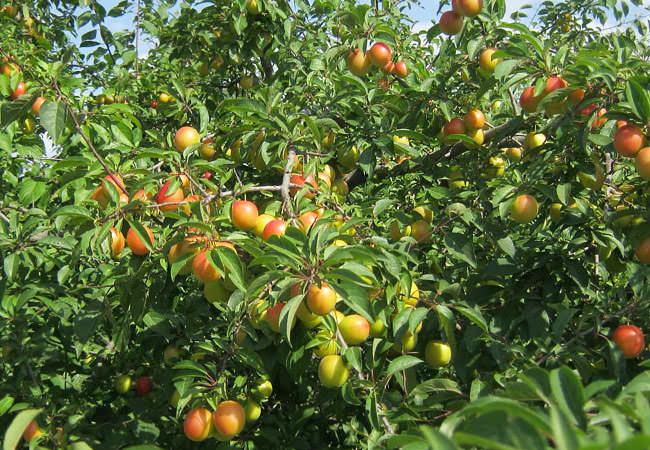
The tree is also affected by insect pests:
- Tolstopod. The beetle, the larvae of which fall into the bone of the fruit, eats it from the inside. Drupes fall off.
- Plum sawyer. The larvae of this beetle penetrate the cherry plum flowers, damage the ovary and the fruits themselves.
- Plum moth. Eggs are laid by butterflies, penetrate inside the drupe and completely eat it from the inside.
For prevention and control, before the ovary begins, it is recommended to treat the plum with insecticides.
Harvesting and storage
The collection of fruits is carried out as they ripen, it lasts about 21 days. With a large number of fruits, some are removed unripe, left in a cool place, but with the ingress of light, so that they ripen. Also, the branches that are heavy with weight are propped up. Store the harvested crop in a cool place. It does not deteriorate for about 30 days.


